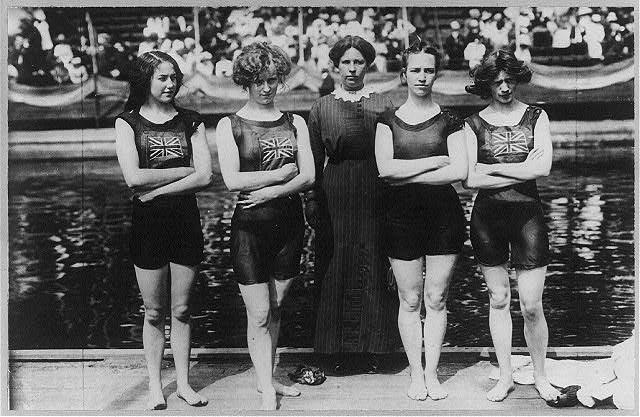
Continuing the series of posts from my new book SPLASH!

Continuing the series of posts from my new book SPLASH!
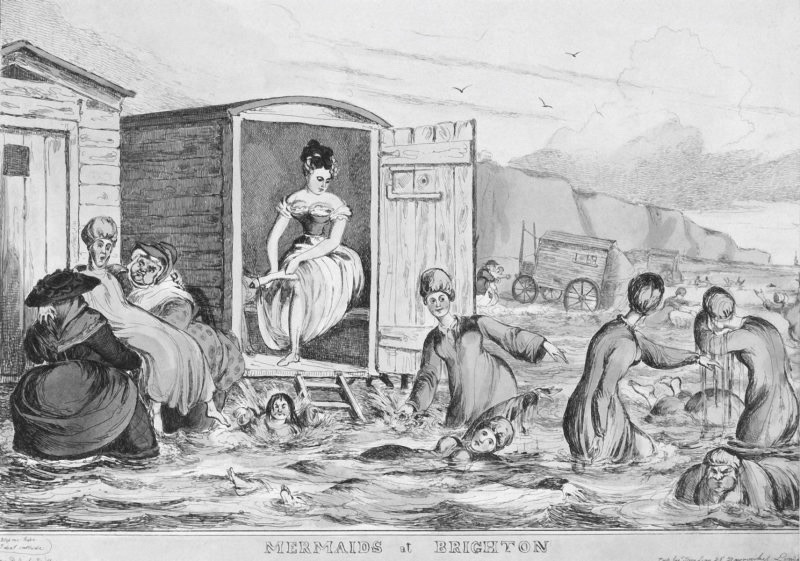
Continuing the series of posts from my new book SPLASH!
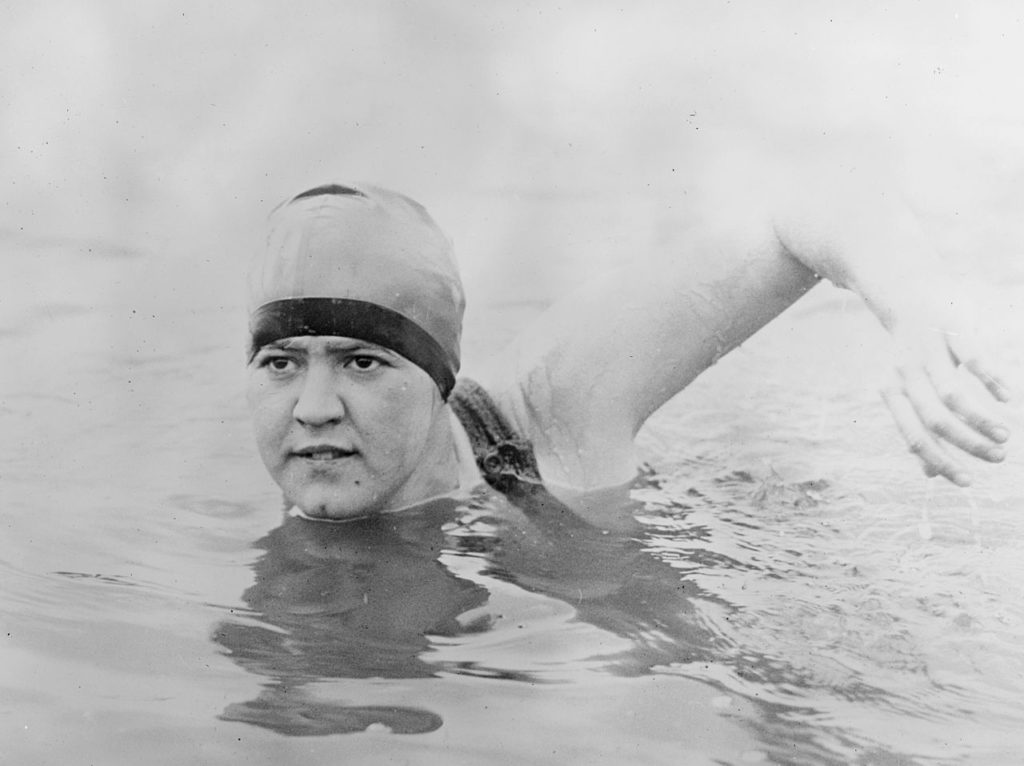
Continuing the series of posts from my new book SPLASH!
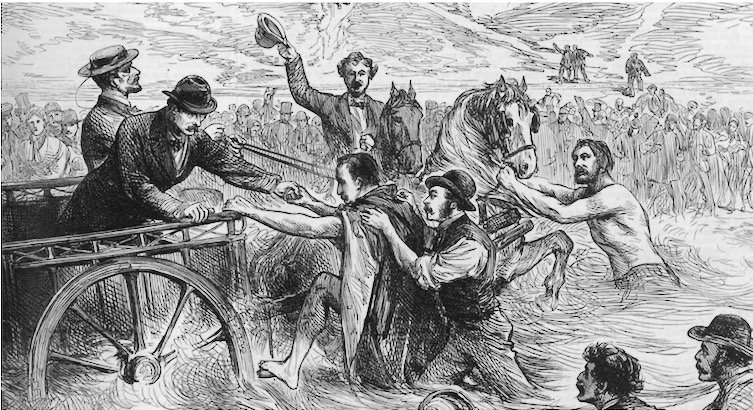
Continuing the series of posts from my new book SPLASH!
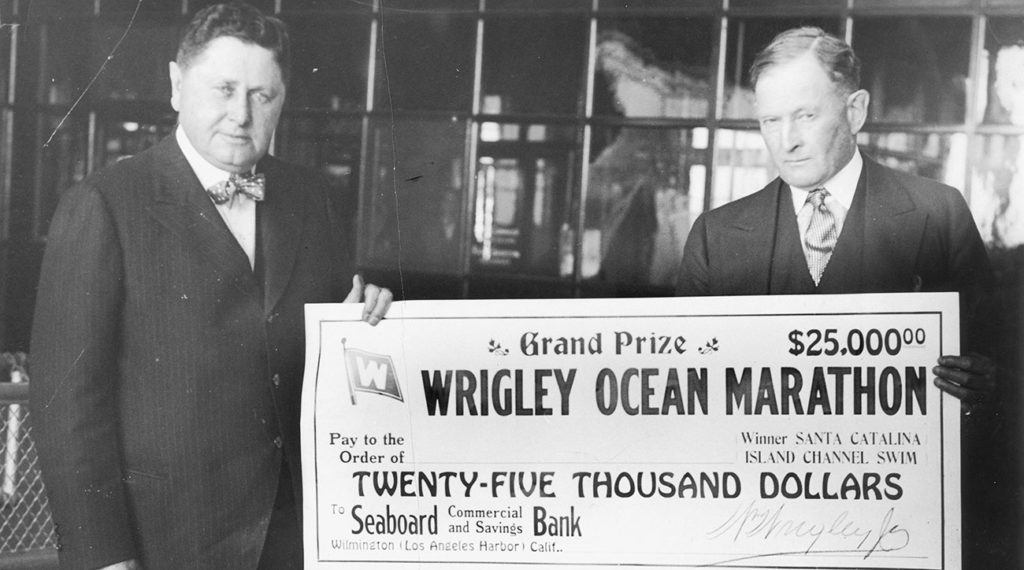
Continuing the series of posts from my new book SPLASH!
From Chapter 7, “Diving In for Dollars and Pounds”:
William Wrigley, Jr., at left, with a facsimile of the check that is almost certainly the largest purse in swimming history. In current dollars, winning Wrigley’s 1927 “ocean marathon” from the California mainland to Santa Catalina Island was worth about $360,000. (Credit: The Catalina Island Museum.)
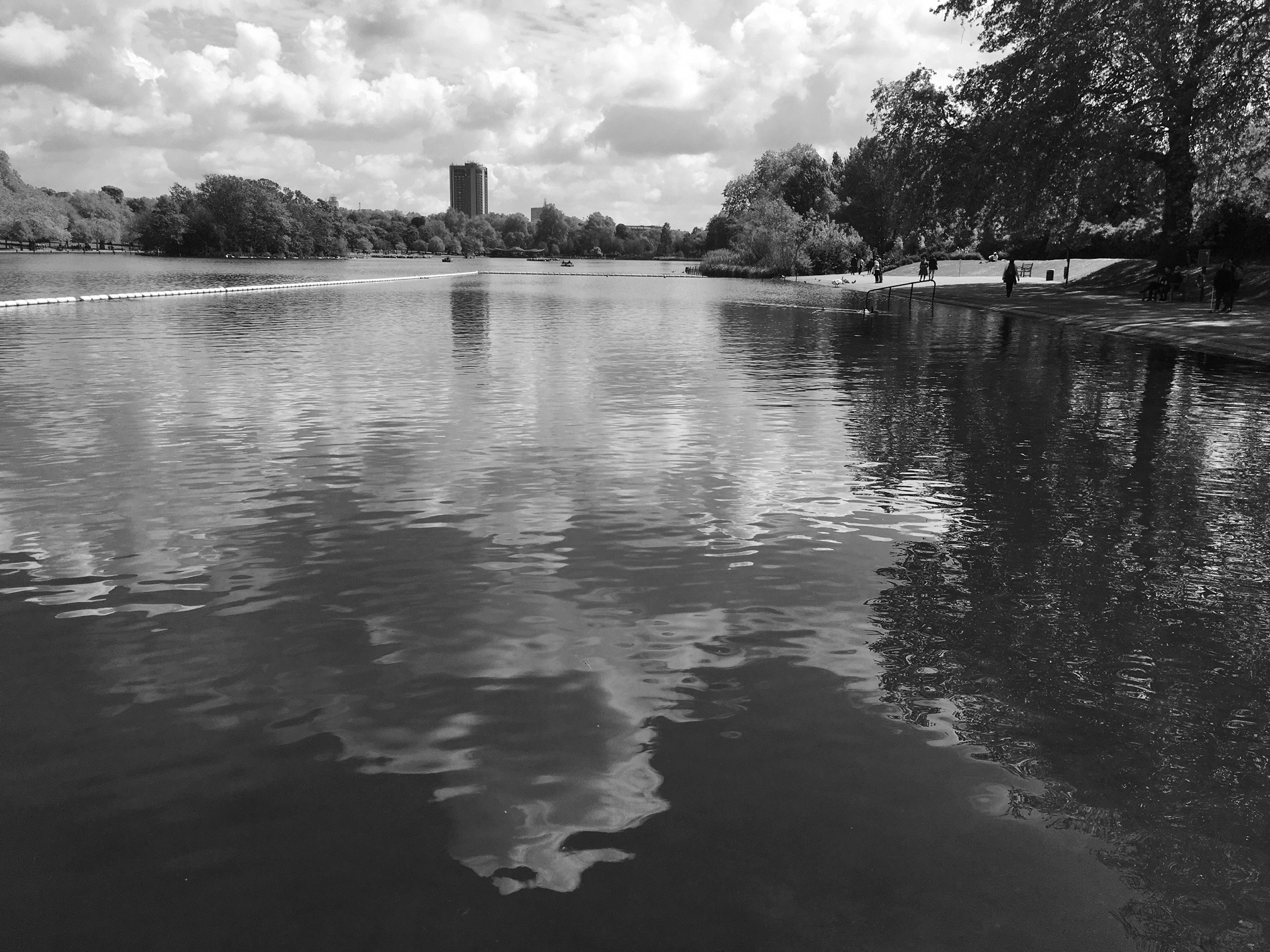
Continuing the series of posts from my new book SPLASH!
From Chapter 7, “Diving In for Dollars and Pounds”:
The 4,000-yard-long Serpentine in Hyde Park: venue for some of London’s earliest and most notable purse swim-races, including the first known “back-swimming” race, in 1866. One reporter wrote that it was likely to be the last race for back-swimming as well.
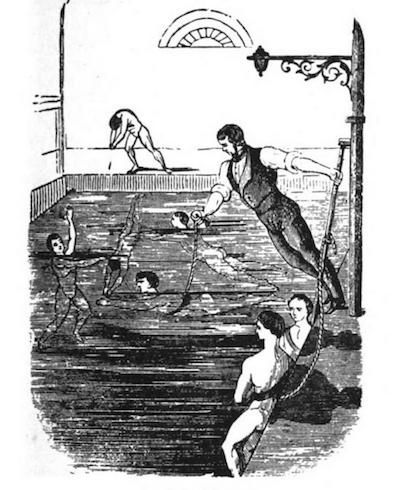
Continuing the series of posts from my new book SPLASH!
From Chapter 7, “Diving In for Dollars and Pounds”:
Roping students to teach swimming was common in London by the mid-19th century, but Captain Stevens — the leaning roper here — might have been singular in his claims to success. According to his advertisements, he taught 60,000 people to swim over a 16-year span.
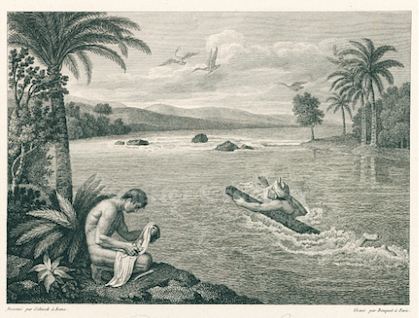
Continuing the series of posts from my new book SPLASH!
From Chapter 6, “A Frog in Every Tub”:
An aquatic mailman of Peru, drawn based on a description by Alexander von Humboldt after his South American travels at the dawn of the 19th century. According to Humboldt, this postman descended the River Chamaya and thence down the Amazon, with the help of a log. He carried letters in his turban to keep them dry.
(Credit: Science Museum Library / Science and Society Picture Library.)
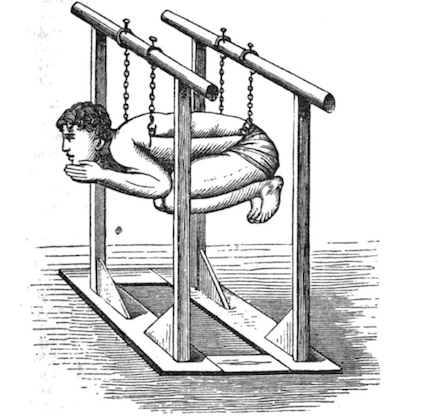
Continuing the series of posts from my new book SPLASH!
From Chapter 6, “A Frog in Every Tub”:
Breaststroke anyone? Harnessed in a German machine from late 1800s, a boy looks particularly frog-like as he gets ready to strike out with arms and legs.
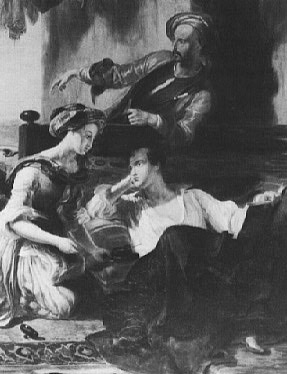
Continuing the series of posts from my new book SPLASH!
From Chapter 5:
This is the third Founding Father of “Swimming 2.0” — George Gordon, a.k.a. Lord Byron, shown here recovering after swimming the Hellespont in 1810. Both the most famous poet and most famous swimmer of the first half of the 19th century, Byron put the whimsy into waves, the panache into plunges. (The 1831 painting is by Sir William Allan.)
